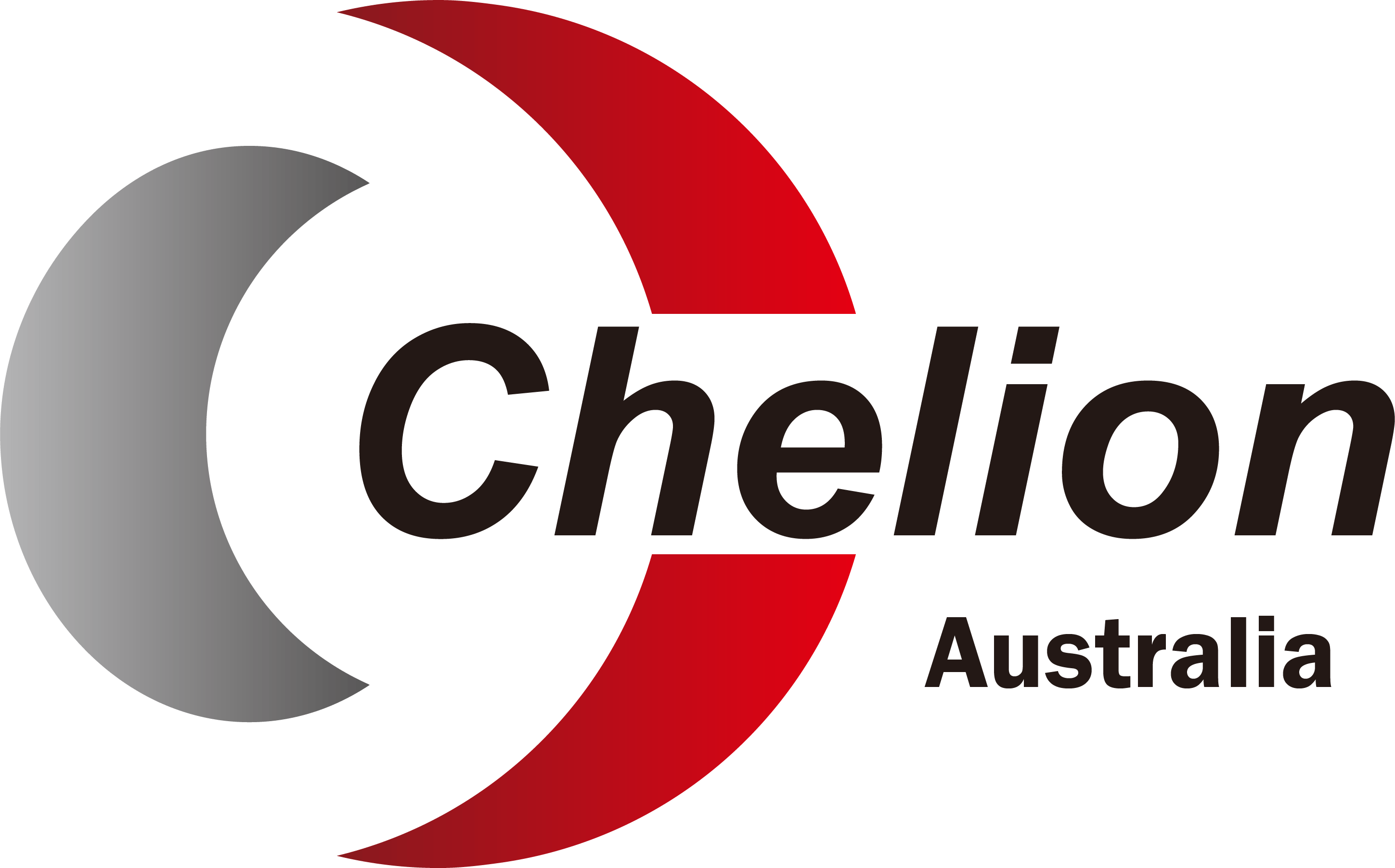
Investing in battery storage technology is becoming an increasingly popular choice for individuals and businesses looking to take control of their energy consumption and reduce their carbon footprint. But with so many options on the market, it can be difficult to know where to start. Here are some key things to consider when evaluating the potential return on investment of battery storage systems:
- How much electricity do you currently use?
- What is the current cost of electricity in your area?
- How much do you pay for your monthly energy bills?
- How much energy do you generate from renewable sources (e.g. solar panels)?
- What is the capacity of the battery storage system you are considering?
- How long does the battery last before it needs to be replaced?
- What is the warranty period for the battery?
- How much maintenance does the battery require?
- Are there any rebates or incentives available for battery storage in your area?
- What is the expected return on investment for the battery system you are considering?
When it comes to choosing the right battery storage system, it’s important to do your research and carefully consider your energy needs and budget. Here are some additional tips to help you make an informed decision:
Determine your energy usage patterns: Before you invest in a battery storage system, it’s essential to understand your energy consumption habits. Consider installing a smart meter to track your energy usage in real-time. This will help you identify opportunities to reduce your energy consumption and maximize the efficiency of your battery storage system.
Compare different battery storage technologies: There are several different types of battery storage technologies on the market, including lead-acid, lithium-ion, and flow batteries. Each type has its own unique set of characteristics and performance characteristics, so it’s important to compare the pros and cons of each before making a decision.
Consider the size of the battery: The capacity of the battery storage system you choose will depend on your energy needs and budget. If you have a large energy demand and a higher budget, you may want to consider a system with a larger capacity. However, if you have a smaller energy demand and a limited budget, a smaller capacity battery may be a more cost-effective option.
Look for incentives and rebates: Many states and localities offer incentives and rebates for individuals and businesses that invest in renewable energy technologies, including battery storage systems. These incentives can significantly reduce the upfront cost of a battery storage system and improve the overall return on investment.
Think about long-term maintenance: While most battery storage systems require minimal maintenance, it’s important to consider the long-term maintenance costs of the system you choose. Some types of batteries may require more frequent replacement or maintenance than others, which can impact the overall cost of ownership.
Overall, investing in a battery storage system can be a smart financial decision that helps you take control of your energy consumption and reduce your carbon footprint. By carefully evaluating your energy needs, comparing different battery technologies, and considering the long-term maintenance costs, you can make an informed decision that meets your budget and energy goals.
